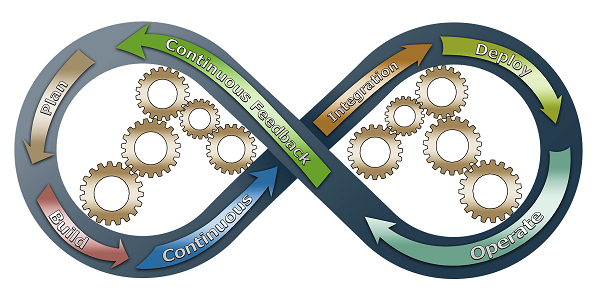
Work agile as an organization
Agile is a way of working where agility is paramount. An organization that executes a project based on the Agile methodology is aware of the fact that circumstances are changing and knows how to respond smartly. Customer satisfaction is central.
Here are five important advantages:
Applying the principles in organizations can be done in various ways. Here some examples of the associated methods:
What commercial needs do your company challenge? How big is your organization? How is your company organized? Considering an Agile approach is the first step towards sustainability. Agile is a prerequisite for future success, it is not a new phenomenon. Those organizations that do not adopt any form of Agile cannot respond to the needs of customers and the market and are significantly disadvantaged.
Is it still not entirely clear? Watch this video about Product Ownership in a nutshell.

441+ beoordelingen

